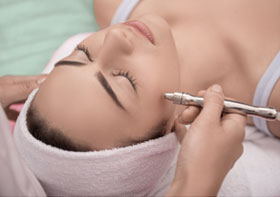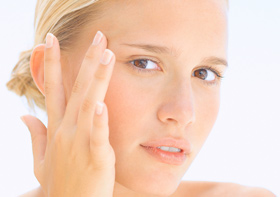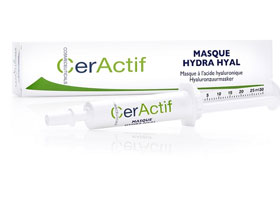Sun & Sun Protection
The Facts
Why do we tan?
The dark pigment, which gives skin its own colour is melanin which is produced in the skin by pigment bearing cells called melanocytes. Sun exposure triggers the melanocytes to produce melanin, which causes the skin to become darker in appearance. A tan shows that the skin is trying to repair/protect itself. Repeated episodes of sun exposure gradually increases individual’s risk of developing skin cancer, which is exacerbated through sunburn.
Sunscreens
Ultraviolet radiation emitted from the sun is in 3 wavelengths: UVA, UVB & UVC.
UVC does not penetrate the atmosphere, hence, the requirement for protection for UVA and UVB.
UVA irradiation is associated with premature skin ageing and breaks down elastin in the skin and can accelerate the onset of fine lines, wrinkles & a coarse, thickened skin texture, uneven dark pigmentation, as well as skin cancer. This type of irradiation can penetrate more deeply than UVB and sunscreen with UVA protection is strongly advisable.
UVB is the form of irradiation with the strongest link to sunburn as well as risk of developing malignant melanoma and basal cell carcinoma. Choosing a sunscreen with a high Sun Protection Factor (SPF) will help block UVB rays and reduce the risk of burning. At AMP Clinic we are provide high SPF, broad spectrum formulations (which protect against UVA & UVB):from Neostrata and Heliocare.
Are all Sunscreen formulations the same?
Inorganic formulations, or filters, are commonly known as ‘physical,’ ‘blocks,’ ‘zinc,’ and contain zinc oxide or titanium oxide (sometimes both) and work by reflecting UV radiation away from the skin
Organic formulations absorb UV radiation, transform and repel this energy back as infrared. These are often named ‘chemical’ sunscreens.
Sunscreens are labeled with an ‘SPF’ which implies the sun burn factor as it is an indication of the level of protection against UVB, not UVA. SPFs are available from grades 2-50+, with ratings of between 2-14 providing the lowest levels of protection and grades 50+ offering the highest level of protection.
Some sunscreens in the UK may have a UVA star rating on the bottle. These stars range from 0-5, which equate to the percentage of UVA radiation absorbed by the sunscreen when compared to UVB. In spite of this, selecting a low SPF may still have a high star rating as the comparative level of protection between the UVA and UVB protection is roughly the same. This reinforces the importance of wearing a not only an SPF with a high factor, but equally one which offers high UVA and UVB protection, which are more commonly known as ‘’broad spectrum.’
How should sunscreen be applied?
Recent evidence suggests that many individuals apply less than the recommended amount required to provide the level of protection of the chosen sunscreen. Commonly overlooked areas can include; the backs of the hands, behind and the tips of ears, neck and temples.
Current guidance from The British Association of Dermatologists recommend that when applying lotions, that the minimum amount to be applied is at least 6 teaspoons (equivalent to 36 grams) to cover the body of an adult. This is the amount used when products are tested for SPF. Sunscreen should be applied 15-30 minutes before going outside into the sun, then again once outside to ensure an even application and that a sufficient amount has been applied. It should then be re-applied every 2 hours, and immediately after swimming, towel drying, exercising and if it has been rubbed off.
According to The British Association of Dermatologists, it is important to note that the reflection of the sun’s rays, can greatly increase the intensity of radiation, by the following percentages: snow up to 85%, sand up to 17% increase and water up to a 5% increase.


